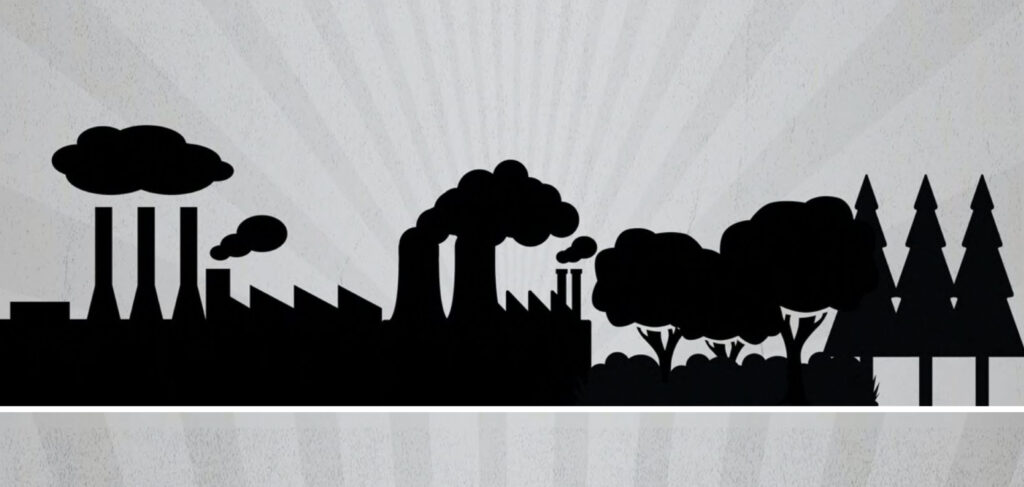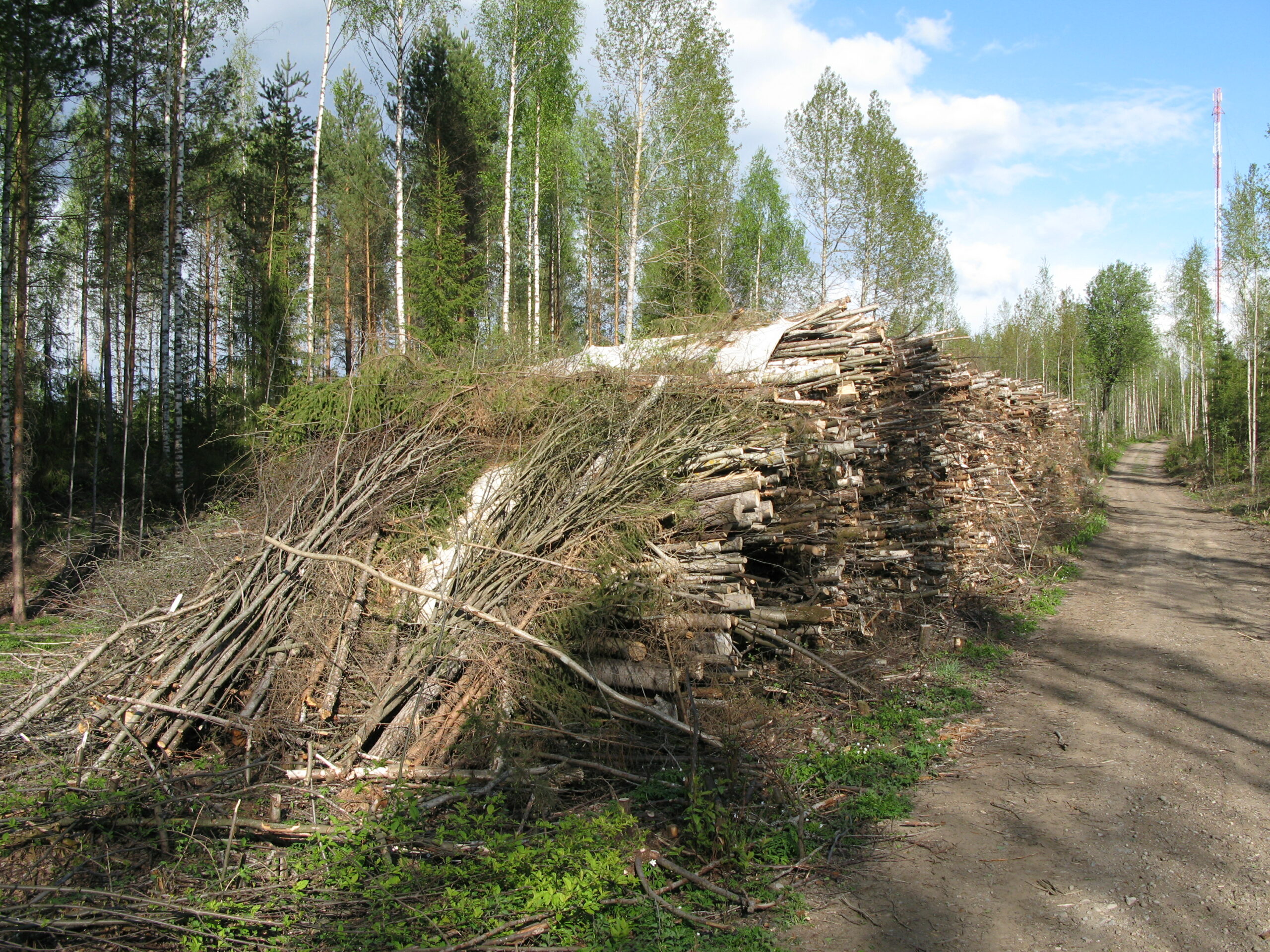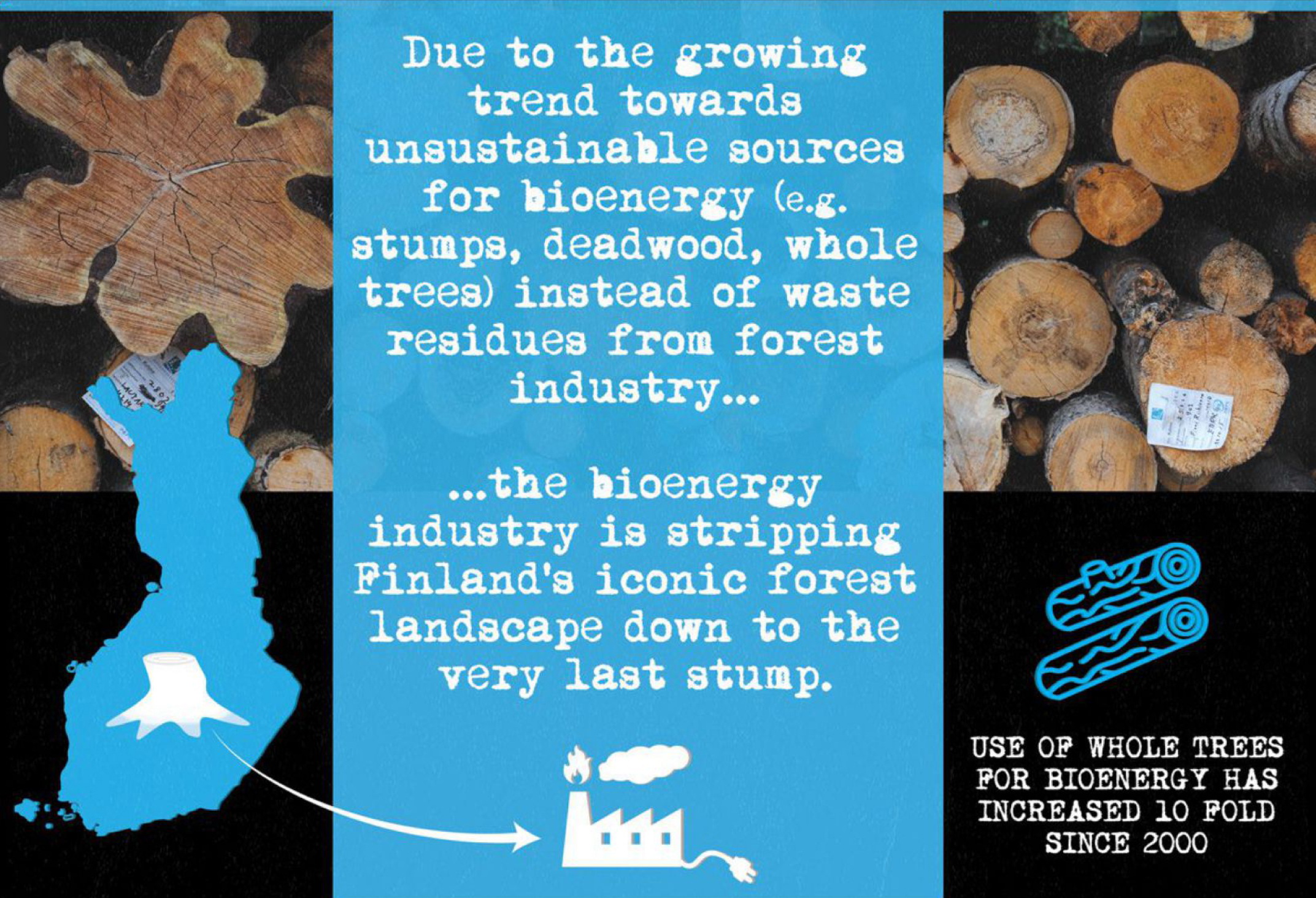Point of view: BirdLife’s Black Book of Bioenergy – a disservice to sustainable forestry

By its Black Book of Bioenergy report, BirdLife International not only fails to make use of the trust in its being able to create a better world that it has gained, but also does a disservice to all those striving for the same goal.
Reading BirdLife International’s report on bioenergy was a bewildering experience for me.
Finland is one of the eight cases reported in in the Black Book of Bioenergy, but it is difficult to recognize the Finnish forest sector in the picture presented in the report. Then again, the report’s recommendations for Finland are almost identical to current Finnish forest policy.
The report gives a generalized and, partly because of this, a false picture of bioenergy use in Europe. Relying on information presented in the report, the British newspaper The Guardian wrote that wood from protected conservation areas is used in bioenergy production “across Europe.” According to the newspaper, nowhere in Europe is forestry residue, such as forest waste, sufficient for bioenergy production.
Yet this is not the case, at least not in Finland or, to my knowledge, Sweden. About other parts of Europe I cannot be certain, but I hesitate to believe the other case studies in the report, seeing that the case I definitely do know is not described truthfully.
The generalized and false picture presented by the report does not reveal the variety of solutions applied in the bioenergy branch in Europe. In consequence, know-how and solutions which benefit nature are not brought to public knowledge, even if one would imagine precisely this to be an important goal for an international environmental organisation, which is the wish expressed in the introduction of the report as well.
In this way, BirdLife International not only fails to make use of the trust in its being able to create a better world that it has gained from its members and stakeholders, but also does a disservice to all people and organisations in the bioenergy branch, who, however – unlike BirdLife – are the ones doing the actual work.
Exact references are not given…
The claims in the report force me to look for its sources of information, so I turn to the list of references.
In the case of Finland four references are listed. No links are made between them and the claims made in the text.
What is more, the references mostly just include the names of the publications used: “Finnish Statistical Yearbook of Forestry 2014; Maaseudun Tulevaisuus, November 2014; Keskisuomalainen, January 2015; Metsäbiomassan energiakäytön ilmastovaikutukset Suomessa, The Finnish Environment Institute, May 2011″. This brings their usefulness in terms of verifying the report’s claims close to zero.
Some of the references actually have a negative value: to some extent, they prove the opposite to what is claimed in the report.
I asked Ms. Sini Eräjää, BirdLife International’s EU Bioenergy Policy Officer in the Europe and Central Asia team, about the references. She explained that in the digital version of the report the references function as links to the relevant passages in the source documents.
…or they refute BirdLife’s claims
As regards the Finnish Statistical Yearbook of Forestry and the report by the Finnish Environment Institute, however, the links do not help in verifying the claims, because, as above, they only take the reader to the front pages of these publications, both dozens of pages in length.
The links to the newspapers Maaseudun Tulevaisuus and Keskisuomalainen do lead to the individual articles. The content of both is opposite to what BirdLife claims.
The newspaper articles state that the use of stumps in energy production is decreasing, whereas BirdLife claims it to be increasing. The articles are in Finnish, which is likely to make them difficult to understand for most of the international audience which is the target group of the report.
It is a fact that energy use of stumps is decreasing.
Eräjää agrees that at the moment, the use of stumps is decreasing. She justifies the claim by selecting a comparison point from far enough in the past – from the times when the gathering of stumps was a new activity and its volume was “practically zero.”
This, of course, is a method that can be used to prove almost anything.
In actual fact, the plans by the Finnish forest sector to increase the use of stumps are not about to be realized. Many companies have given them up altogether. This being so, the only recommendation in the report that differs from official Finnish forest policy, the demand that gathering stumps should be discontinued, does not create much of a problem.
The report’s references were debated on Twitter before Christmas, and it was noted that some of them refuted BirdLife’s claims. This had the consequence that the links stopped working. The error message implied that the newspapers had removed the articles from their websites.
This, however, is not the case, as can be seen from the links above as well. Most probably it is BirdLife itself that deactivated the links.
No evidence of use of deadwood
The Black Book of Bioenergy claims that Finland increasingly uses deadwood as an energy source. The claim is bizarre for, as we know, decayed wood is very difficult to burn.
Eräjää says that the increase in the use of deadwood can be seen in tables 9.3–9.5 in the Finnish Statistical Yearbook. However, it is impossible to find any references to deadwood in these tables. The Natural Resources Institute Finland, which has prepared the statistics, confirms that the tables cannot be used to make any conclusions on the use of deadwood.

According to the BirdLife report, the use of whole trees as energy source has increased tenfold in Finland since 2000. This is true, but what does it mean?
Of the wood that is gathered for energy use in Finland, slightly less than half consist of branches and canopies from normal harvesting operations, and the rest consists of small-diameter whole trees from thinnings and young stand management.
Environmental organisations have previously considered the use of small-diameter trees in energy production to be climate-neutral or even positive, because small trees are quickly regenerated. And so does BirdLife as well, according to the recommendations given in the report.
On the other hand, the energy use of larger trees, such as logs or those usable for pulping, has not increased in Finland, except for a short peak just before 2010. The fact that there has been no increase is partly due to the deliberate strive to prevent it through forest policy measures.
No evidence of increased use of broadleaves
The Black Book of Bioenergy states that increasing amounts of broadleaves are used in energy production in Finland. This claim makes little sense, too.
In Finland, forest energy is only produced from forestry sidestreams. Harvesting is targeted to produce timber grades required for making the intended product. No one harvests broadleaves expressly for energy production.
Eräjää does not contest this. She goes on to say that “this just happens due to increased demand (for energy wood).”
However, this argument has just one weak point: the demand is decreasing instead of increasing. This in its turn is due to the low prices of fossil fuels.
Nor is it possible to find other evidence, despite the fact that if the use of broadleaves had increased, it should be shown by statistics. As for the use of deadwood, statistics cannot help, as statistics are normally not compiled on something that does not exist.
Eräjää does, however, present as evidence the picture of a pile of energy wood in the report. “You can see all kinds of wood in it: perfectly usable stemwood, but also some decayed wood, broadleaves and such, which I don’t think would have been gathered for any other use.”

Such conclusions cannot, however, be made by just looking end-on at a woodpile. For example, any tree in the pile may be curved, no matter how fine its end looks. Decay inside a live tree cannot be detected until the tree is felled.
All thinnings always produce some broadleaves, but the amounts will not have increased unless the amount of broadleaves in Finnish forests has increased dramatically – and if it had, that surely ought to be good news.
And at the end of the day, it is just one woodpile we are talking about.
“Iconic forest landscape” will not disappear
The report also contains unintentional praise: it says that “the bioenergy industry is destroying Finland’s iconic forest landscape down to the very last stump.”
According to Eräjää, this statement is caused by the Government’s plan to increase annual loggings by 15 million cubic metres, “one of the main reasons” for this being the need for bioenergy. This, however, is not the case: the Government plan does not alter the fact that wood energy will only be produced from the forest sector sidestreams. The purpose of increasing loggings is to allow the forest industries to make not just traditional products, but new ones as well.
And the increase in the total production of wood energy is very small. Even the planned increase would be just a few percentage points.
So if BirdLife International thinks that the Finnish commercial forest landscape is iconic, we have no cause for alarm: it will stay that way, at least if this is up to the Finnish forest branch.

4 kommenttia “Point of view: BirdLife’s Black Book of Bioenergy – a disservice to sustainable forestry” artikkeliin
Thank you doppelganger for your motivation to do a meticulous commentary!
One another false claim Birdlife makes is that Vyborskaja Cellulose pellets would be imported to Finland. There is no source indicated for this claim and according to some calls made to main Finnish pellet importers this is not true.
In Sweden the forest birds have generally improved since 1998, so I have difficulties to understand why “Birdlife” is so generally negative to current boreal forestry in FennoScandia and more bioenergy from forest!?
In Sweden the wastes after harvesting and removal of the more valuable wood is little used for bioenergy production, in my opinion much too little.
If you plead that there is a lack of references then you should provide references yourself. Now the decline of forest birds is well-known among species that require old-growth forests which are lacking due to intensive forestry which does not consider ecological incentives enough.
Sorry, I do not understand. Which were the claims stated by me without references? Or do you mean that I should give references to your claims?
Kirjoita kommentti